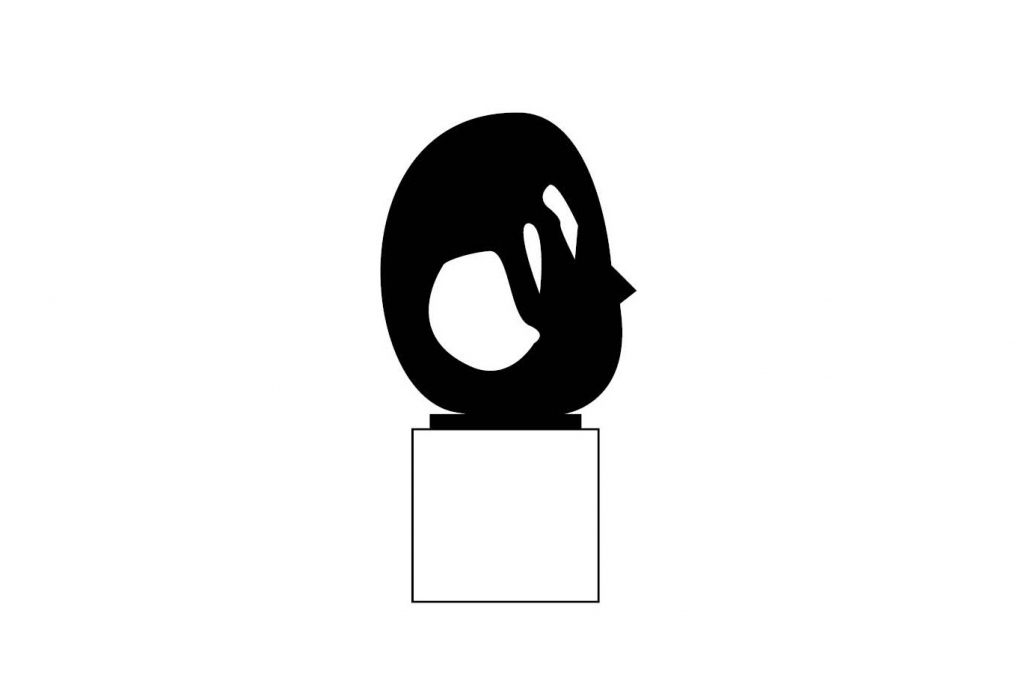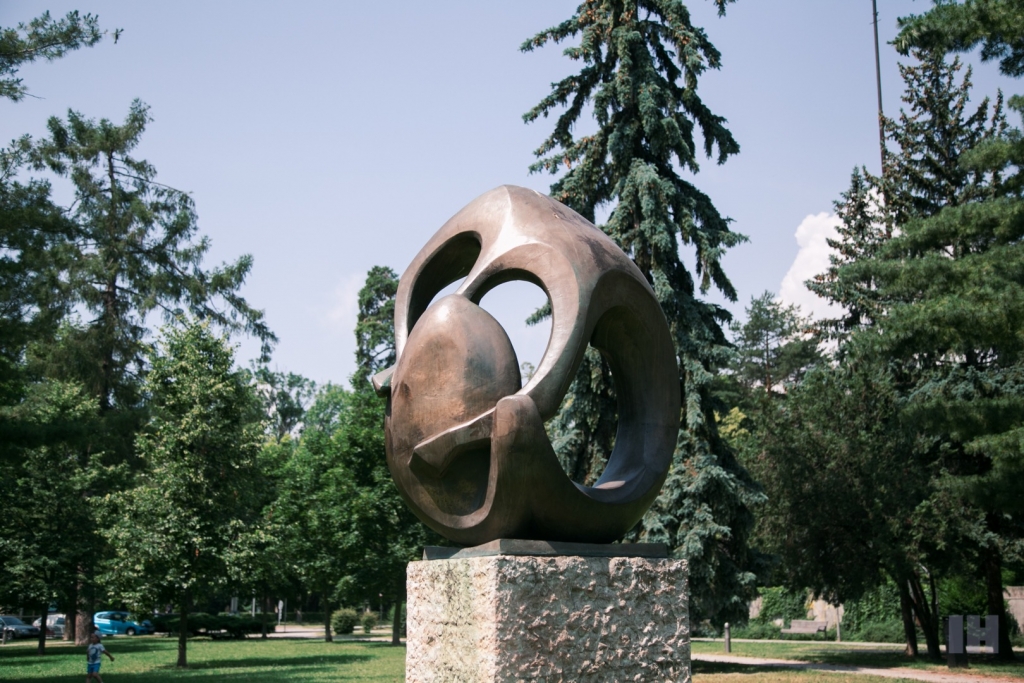Free tour of sculptures & mosaics in Košice. Part 1 – Sever
A fan of statues and ceramic works? You can also enjoy a grand tour in the middle of the city – and that every day. Explore the neighbourhood Sever (North) and its artistic gems without paying any guide – just use the illustrated Atlas sôch – Povojnové umenie v uliciach mesta Košice (Atlas of Sculptures – Post-war Art in the streets of Košice). In the following article, you will find a unique photo report of publicly exhibited works, but you will also learn remarkable information and stories from the lives of the authors who have dedicated their lives to art. Get to know the gallery face of Košice through the eyes of these artists.
Imrich Vanek (1931 – 2015)
Imrich Vanek – a name that resonates when visiting several parts of the city. An interesting fact is that Vanek was not a Košice born citizen. This ceramic artist came from Nové Zámky. He got to the clay and the ceramics by chance during recovery from a severe accident in the Modra majolica pottery. Vanek became an academic sculptor during his studies at the Academy of Applied Arts in Prague.
Košice is adorned with several Vanek’s majestic ceramics from the 1960s and 1970s, which repeatedly use sharp colour tones enhanced by glaze. Consequently, the shades of yellow and orange shine so vividly after almost 40 years of installation in this area of the city. A large part of Vanek’s works was produced in the Czech Republic – it was the Rakovník Ceramic Works where the artist created his design piece of tile with a semicircular pattern. In the later period of his life, he started with the creation of futuristic cups, which are nowadays stored in the depository of the Slovak Museum of Design.
Start your tour of the Sever neighbourhood with three Vanek’s glazed mosaics: the largest one is located on the upper facade of the building next to the Hotel Yasmin and directly opposite the creative-cultural centre Tabačka Kulturfabrik. Two of the 1980s can be found next to each other on the outer walls of the nearby Čížik department store. Vanek’s mosaics are only noticed by a truly observant observer, as they are surrounded by visual smog from advertising and deprived surroundings.
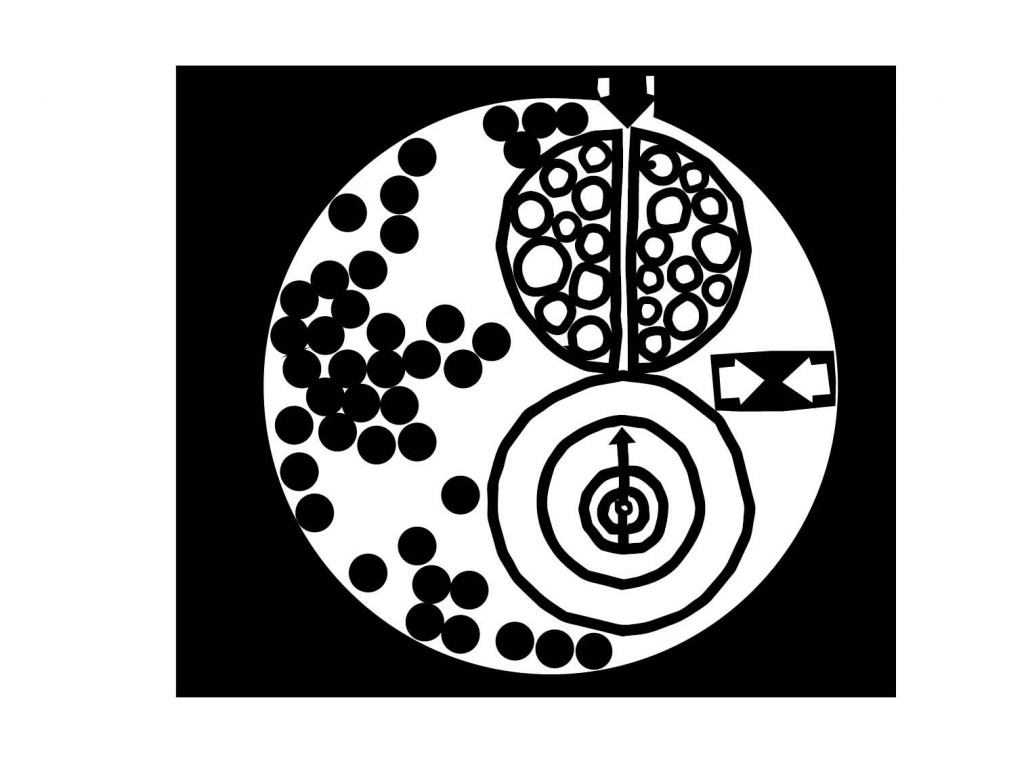
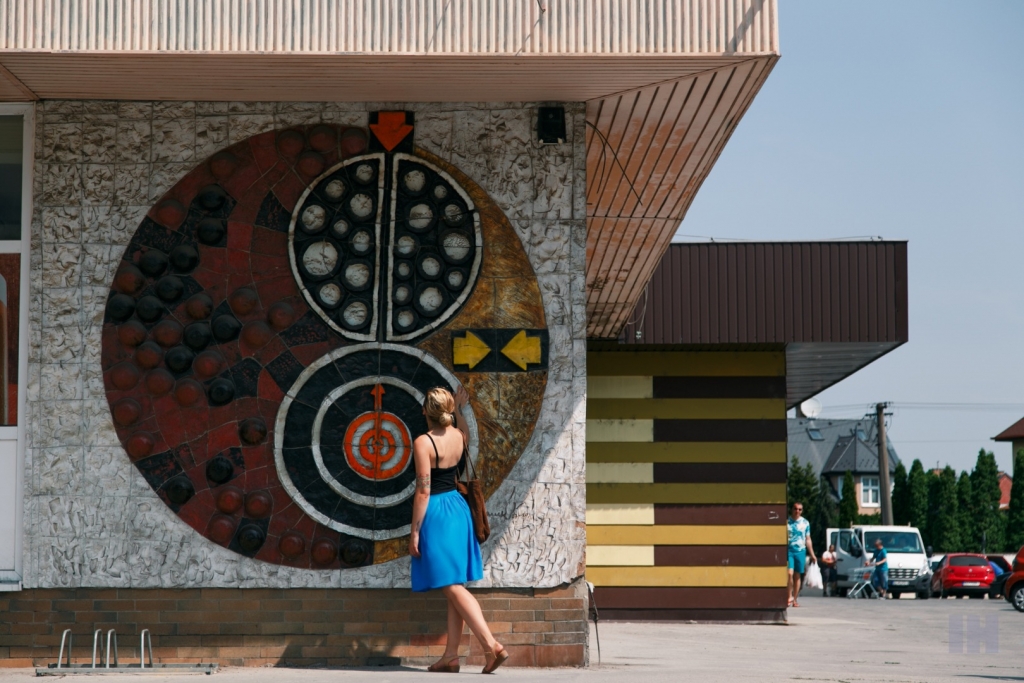
Ceramic mosaic, 1980
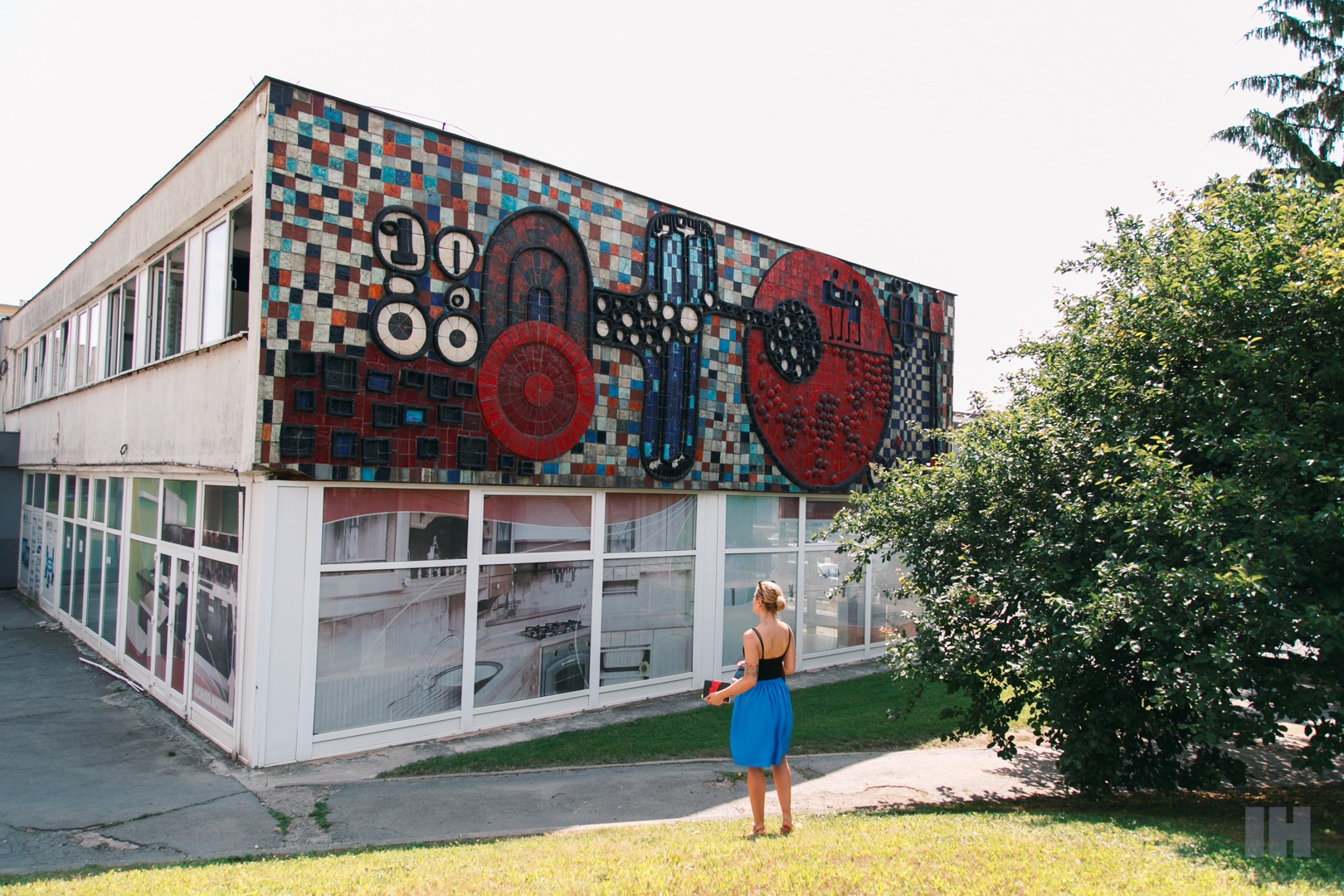
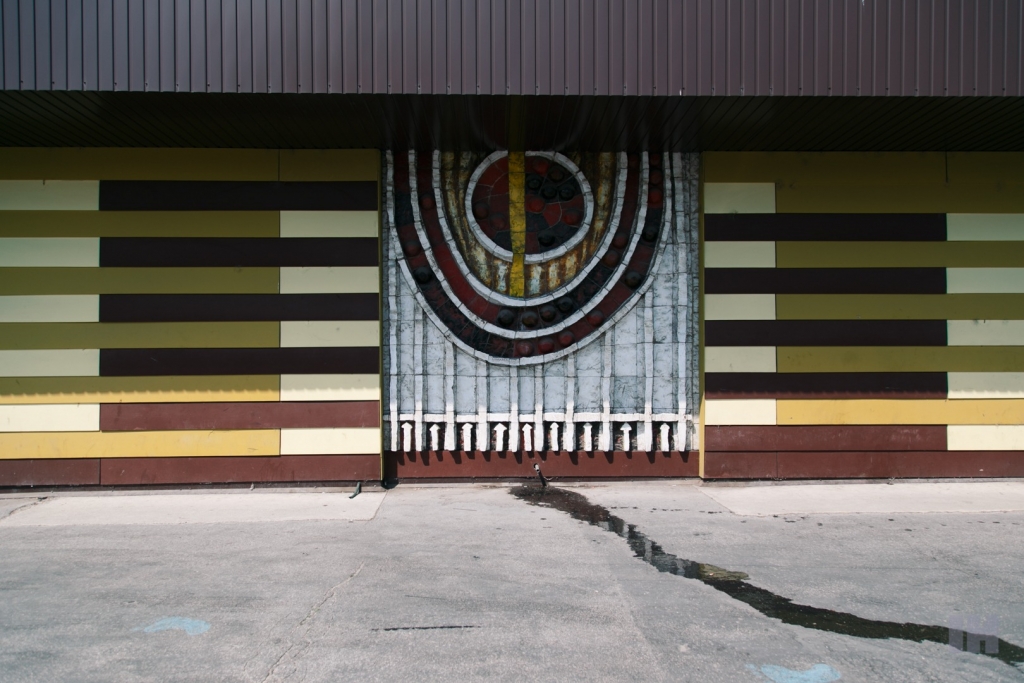
Ceramic mosaic, 1980 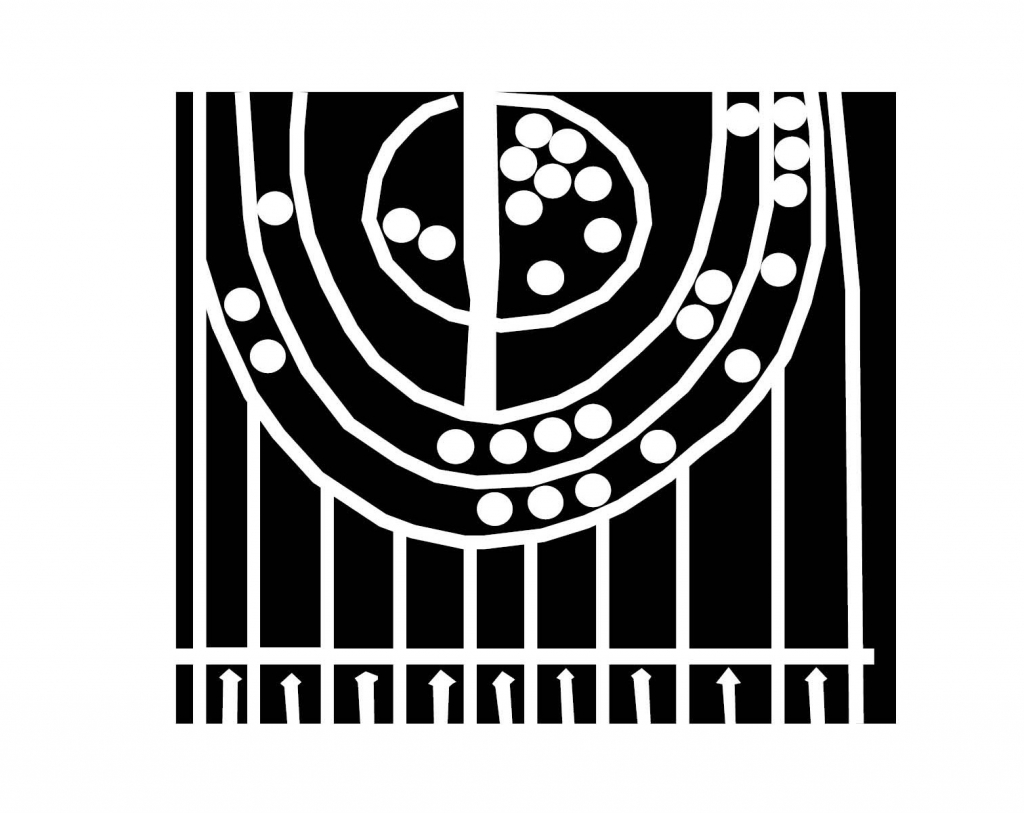
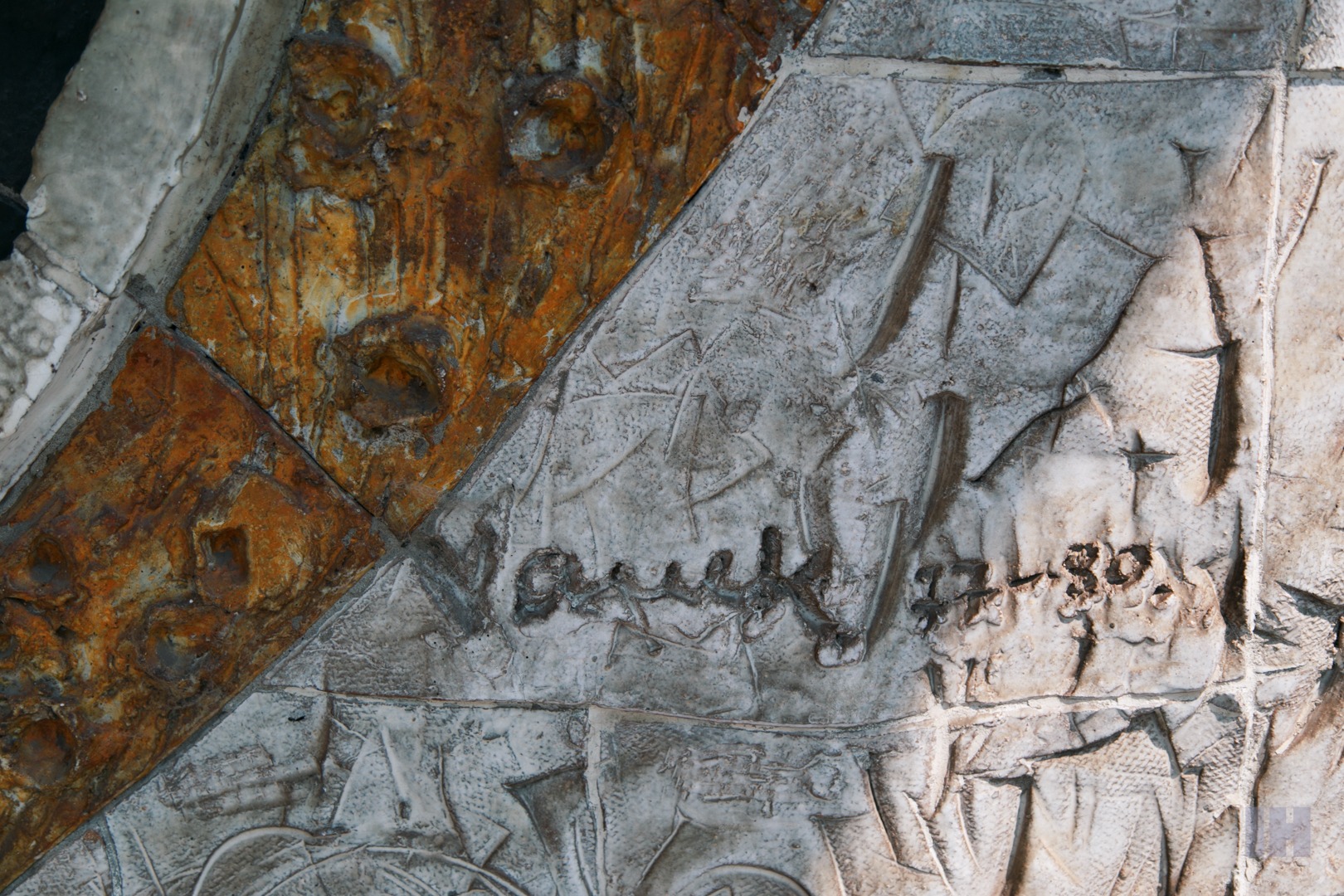
Vojtech Löffler (1906 – 1990)
The truly diverse and versatile life was led by the worthy artist of Košice, Vojtech Löffler, also nicknamed as Béla Báč. This Košice based sculptor devoted all his attention and enthusiasm to the city in which he was born – he frequently resolved to restore many dilapidated buildings with his own hands, contributing in this way to the city’s visual development. No wonder his house on Alžbetina Street was therefore ordered to become a gallery still bearing the artist’s name.
There is a lot of Löffler’s works, and the museum is well worth a visit in getting to know the city and the artists associated with it. This relentless sculptor travelled to the US, Canada, Egypt and several European countries, where he gathered new knowledge and skills. These were later presented to his apprentices or other artists who often met in his house on Kmeťova Street. Löffler also spent two years of his life imprisoned in the Soviet Union between 1945 and 1947. After his return, he created sculptures for the Memorial to the Unknown Anti-Fascist Warrior at Námestie osloboditeľov in front of OD Dargov.
During a tour of the sculptures and mosaics in Sever, you will find a superhuman statue Rodina / Family on the grounds of Park Angelinum near Dom božského srdca with the designation of the Way of St. James. It perfectly corresponds to the works and themes that this artist repeatedly portrayed. Typical of his statues are the motives of women, family, interpersonal love. The calm view of the embracing family suggests space to breathe out in the close proximity to the city’s centre, surrounding benches and the smooth Löffler’s contours.
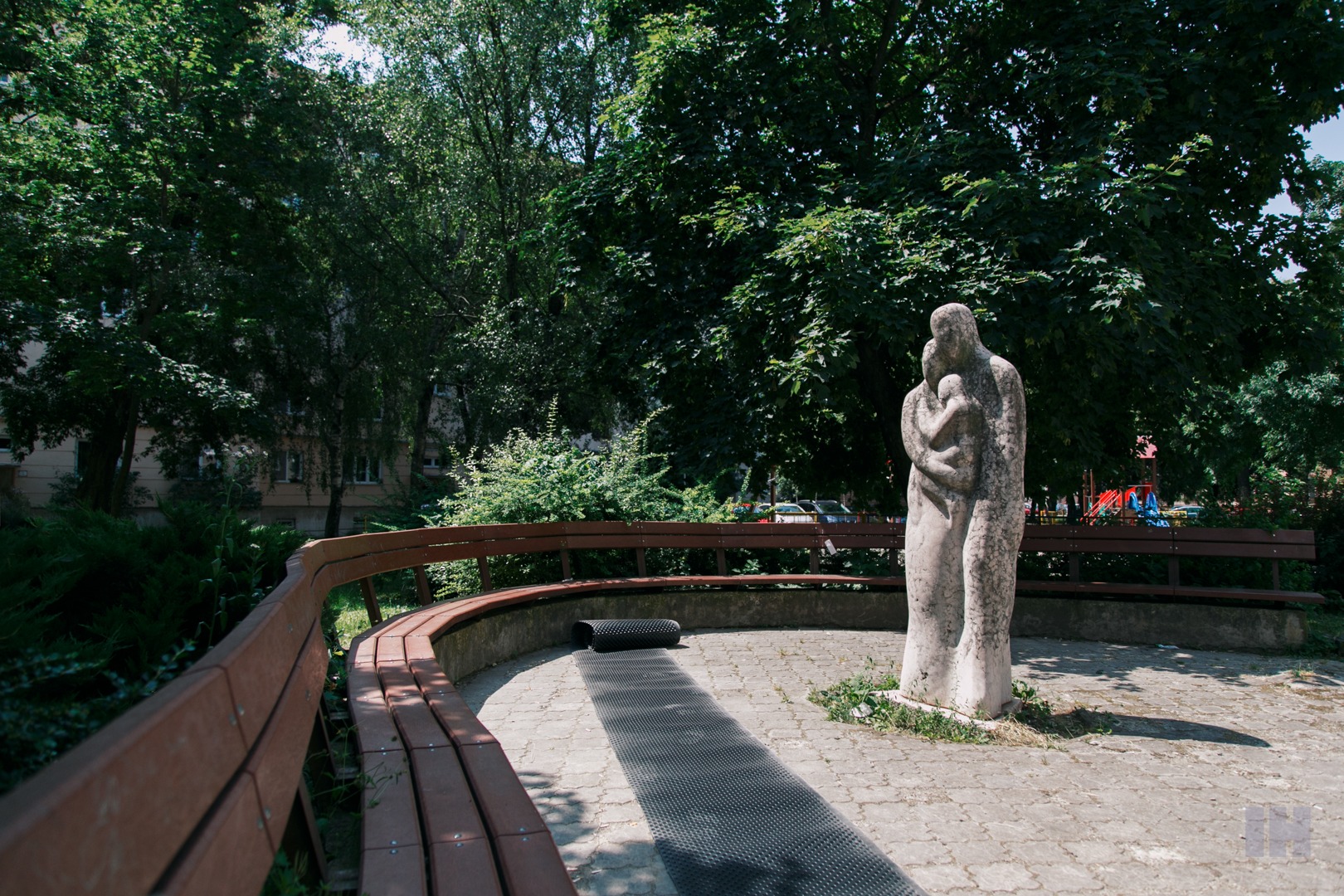
Ján Mathé (1922 – 2012)
A native of Košice and one of the most represented artists on the grounds of Košice neighbourhoods. Ján Mathé devoted most of his life to abstract form, gradually and through his own conception from the studies of a realistic statue. His statues express motives, they do not describe them. The basic pillar of Mathé’s oeuvre is the theme of life – the celebration of being, self-pondering, progeny, family.
You will find a large number of his hidden statues here in Sever. After studying the entire book Atlas sôch, it is evident that the oldest sculpture of Ján Mathé in Košice – Žiaci / Pupils, 1957 – stands on the facade of the building of the Secondary Industrial Electrotechnical School, when the artist was only 35 years old. Even then, a highly realistic image illustrates a young man and a woman/student and a student with a fairly advanced high school appearance.
Particularly extraordinary is the investigation of at first sight similar but in fact quite different feminine statues of Pohoda (Sediaca žena s kvetom) / Tranquility (Sitting Woman with a Flower), 1978 and Dievča s holubicou / Girl with a Dove, 1966. You will find the first one in the middle of the retirement home’s relaxation area on Garbiarska Street. Here it sits undisturbed, while few of the accommodated or employed people know what sculptor or what piece it is. But the signature of the writer, which is indeed hard to see on his other statues, serves to assign it to the author.
The second is a gentle portrait of a kiss of a girl with a dove with soft shapes and clasped hands. It is located on the premises of the University of Veterinary Medicine and Pharmacy in Hlinkova Street. Biomorfná hmota (Kosť) / The Biomorphic Matter (Bone), 1966 and the majestic sculpture of Odpočívajú rodina V. / Resting Family V., 1965 at Ján Mathé Square, which was renamed in 2013 during Košice as ECC – European Capital of Culture, is also located next door.

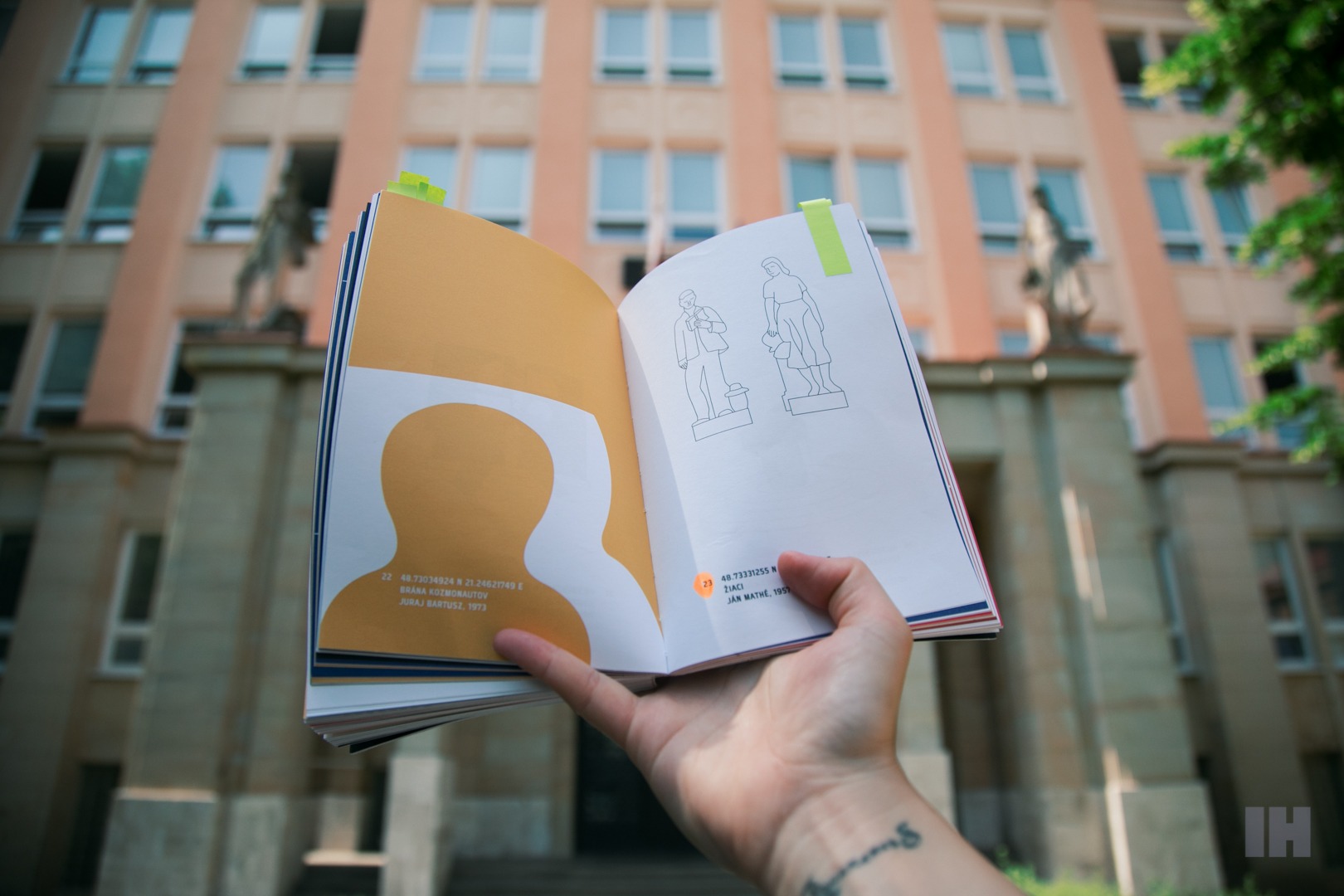
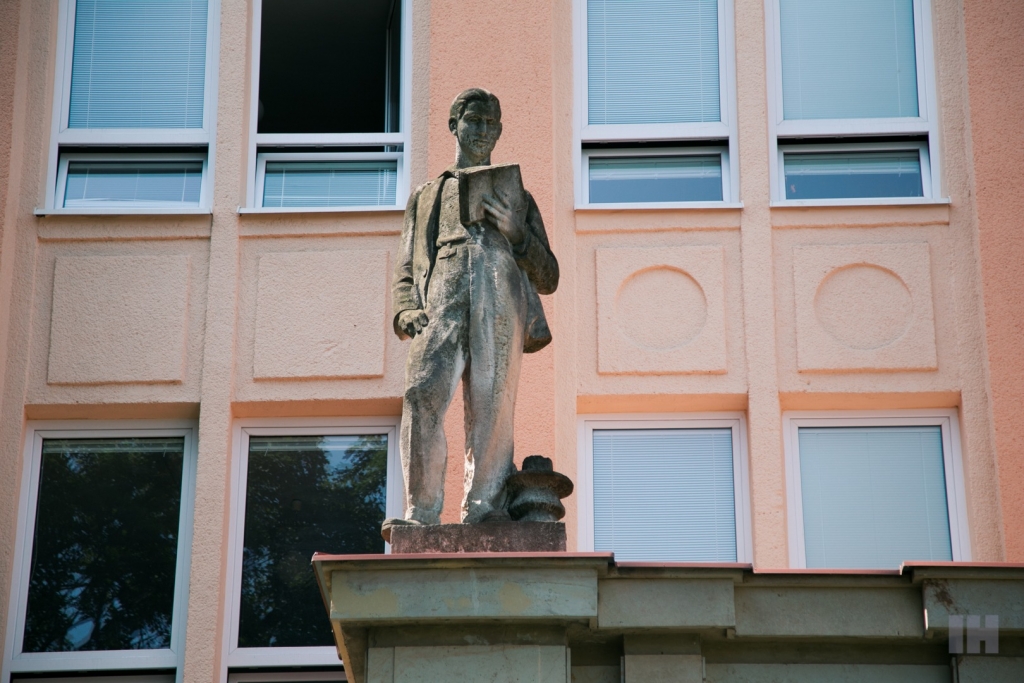
Žiaci / Pupils, 1957 
Žiaci / Pupils, 1957
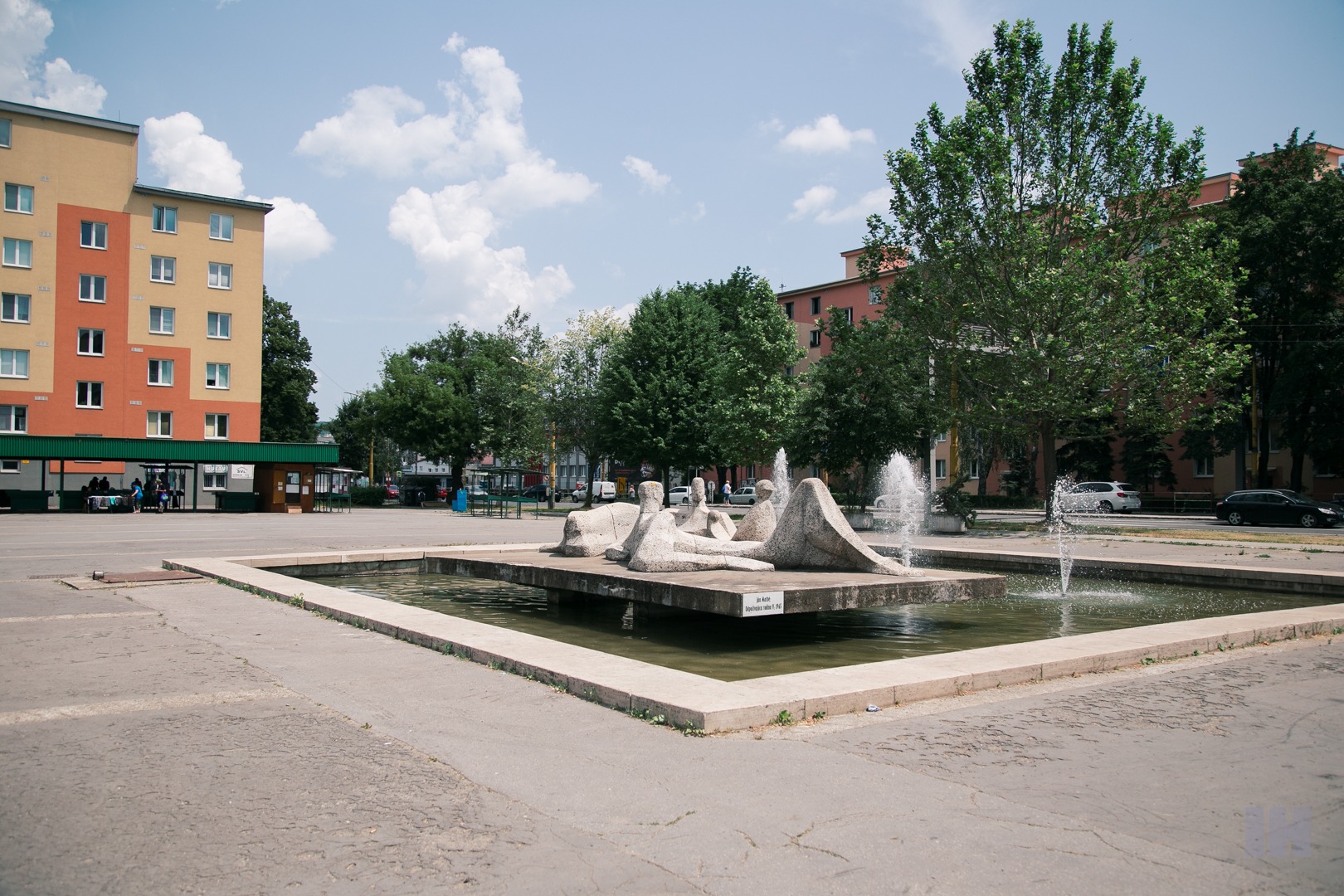
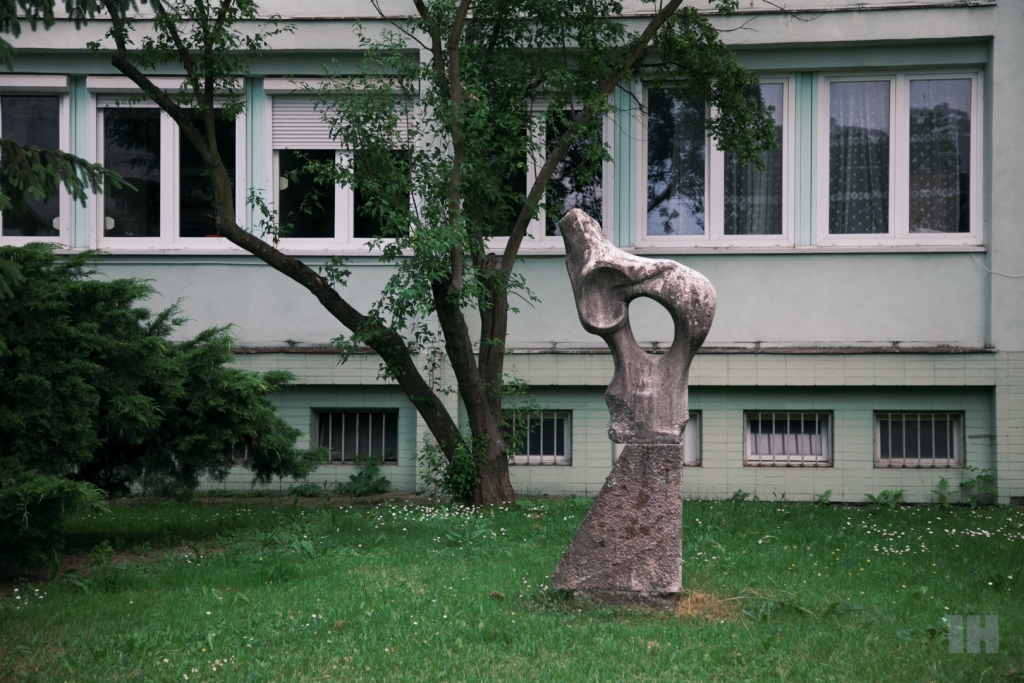
Biomorfná hmota (Kosť) / The Biomorphic Matter (Bone), 1966 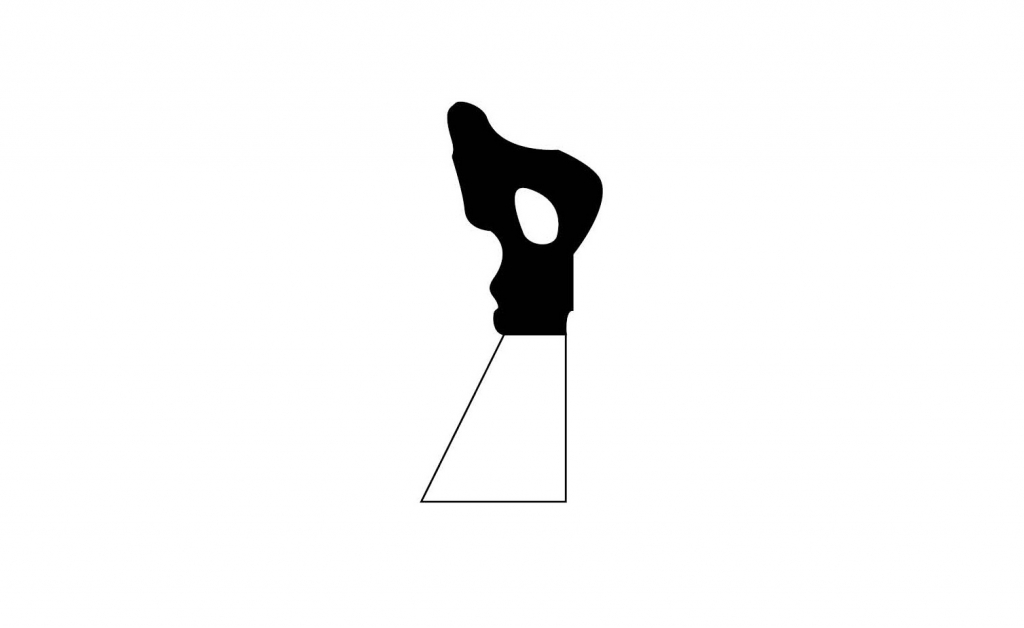
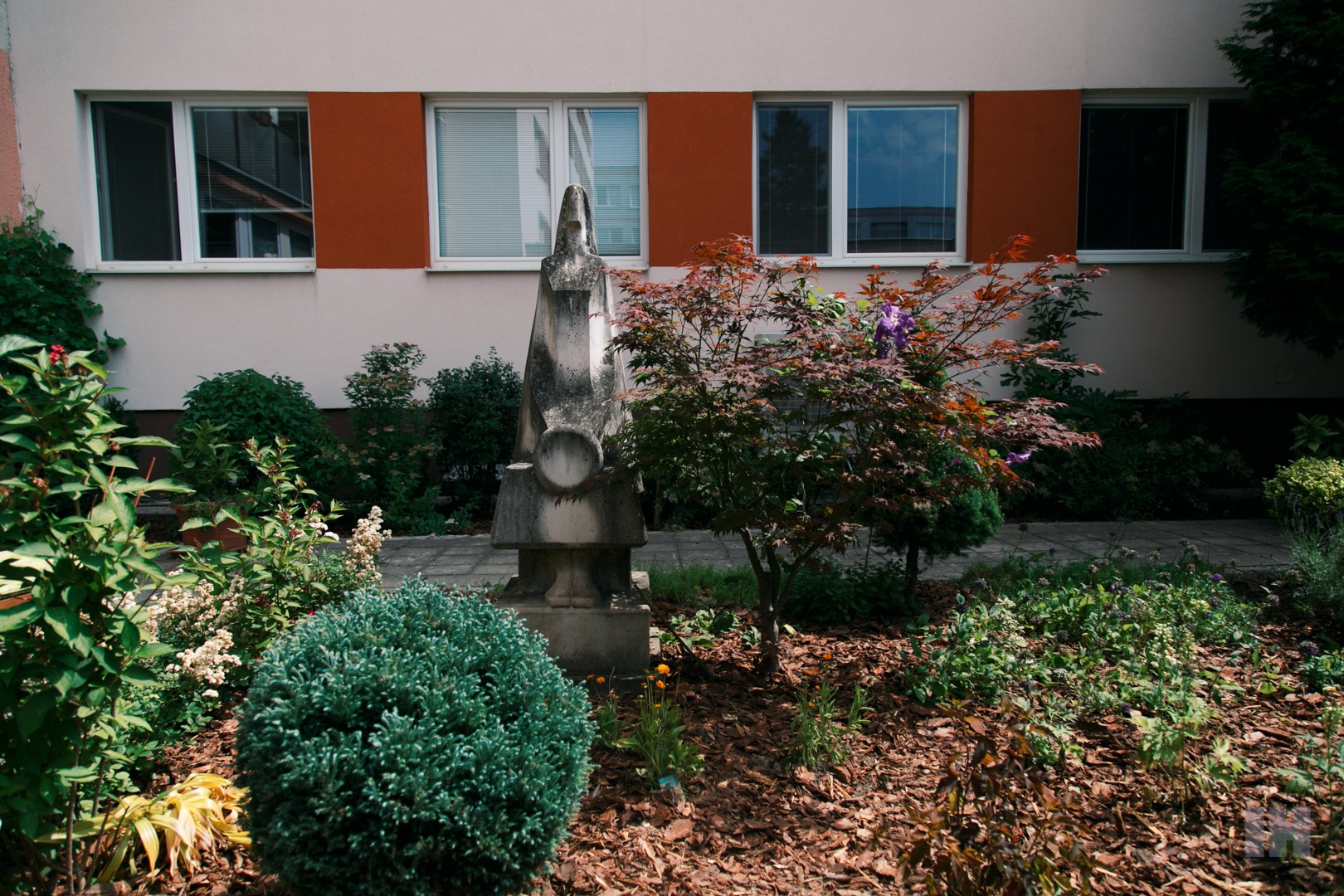
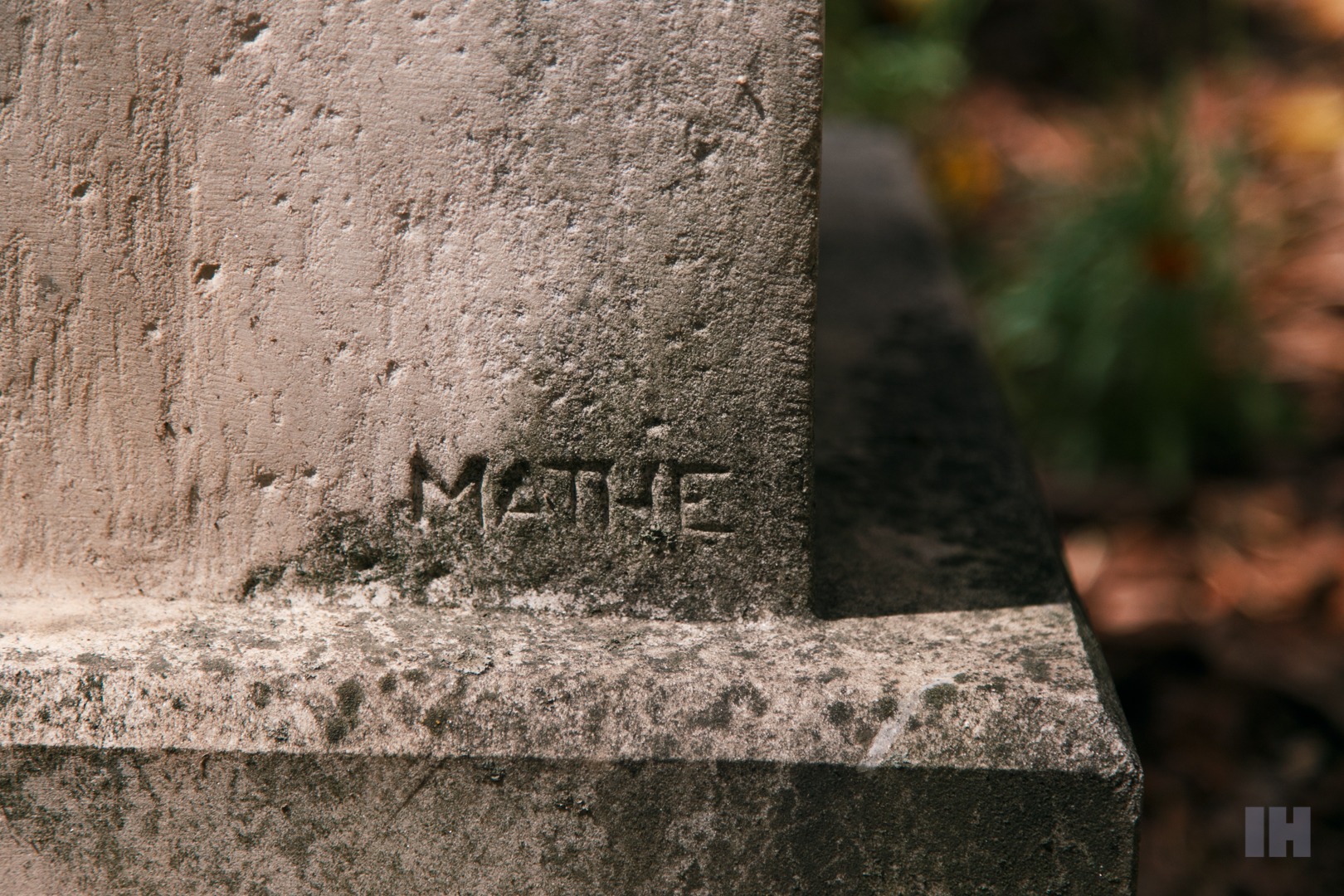
Josef Václav Myslbek (1922 – 2012)
A monumental realist and central figure from the turn of the 19th and 20th centuries of Czech sculptural history. Myslbek mostly dealt with topics related to Czech national revival; he created portraits, sculptures, tombstones, reliefs, portraits, memorials, medals. The highlight of his career is the colossal depiction of St. Wenceslas in the riding position on the most famous pedestrian zone in Prague and the same Wenceslas Square. It took Myslbek 30 years to get the statue into its final version in 1924. In 1979, two bronze castings were cast in the iron factory ČKD Blansko according to Myslbek’s stallion, which were to metaphorically preserve Czechoslovak affinity between two universities in Prague and Košice where they were subsequently placed.
The stallion Ardo, inspired by an Oldenburg breed from the Prague military stud, has already undergone a few bizarre decisions and moving about Košice – in 2001, it was taken from the University of Veterinary Medicine and Pharmacy to the city centre on the corner of Zvonárska and Orlia Street. Despite the outrage and disagreement with the decision, Ardo settled in a new place for the next ten years and earned a post of tourist attraction and orientation landmark. In 2012, Ardo once again returned to his original place under the criticism by those who loved its central city’s position. Last year a new statue called Cassa from anonymous authors was installed on the spot so now there are two places where the horse can be admired.
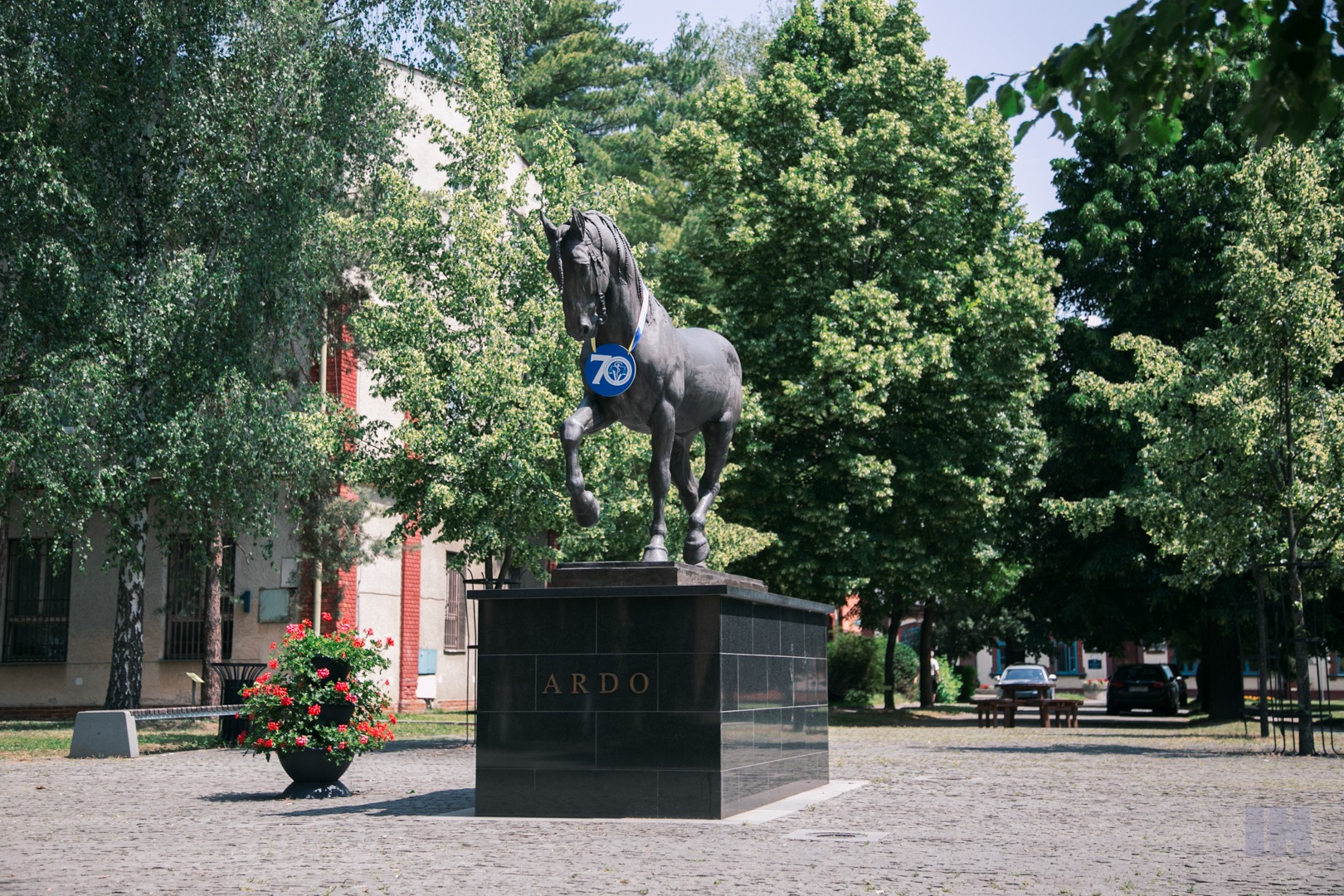
Anton Cepka (1936 – )
Anton Cepka is known to many as the founder of Czechoslovak jewellery, from the time when this discipline in Europe began to gradually become independent. However, the artist’s work extends beyond the exterior sculptures of geometric-abstract branches of 20th-century art. Kinetická plastika II. (Kinetic Sculpture II), therefore, is difficult to miss amid the plentiful art pieces on the premises of University of Veterinary Medicine and Pharmacy – its futuristic design stands above the heads of UVLF students and its academics.
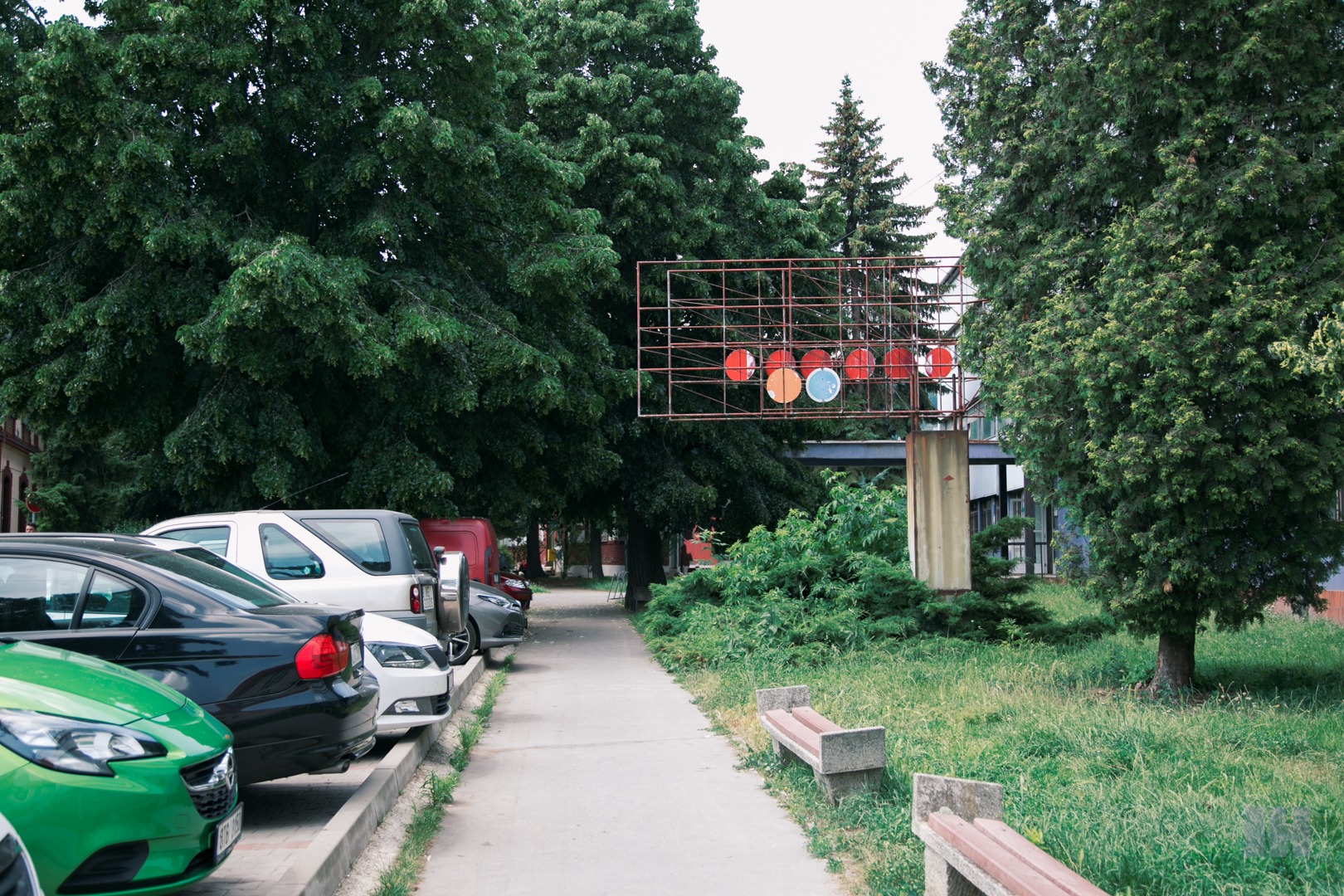
Kinetická plastika II. (Kinetic Sculpture II), 1978 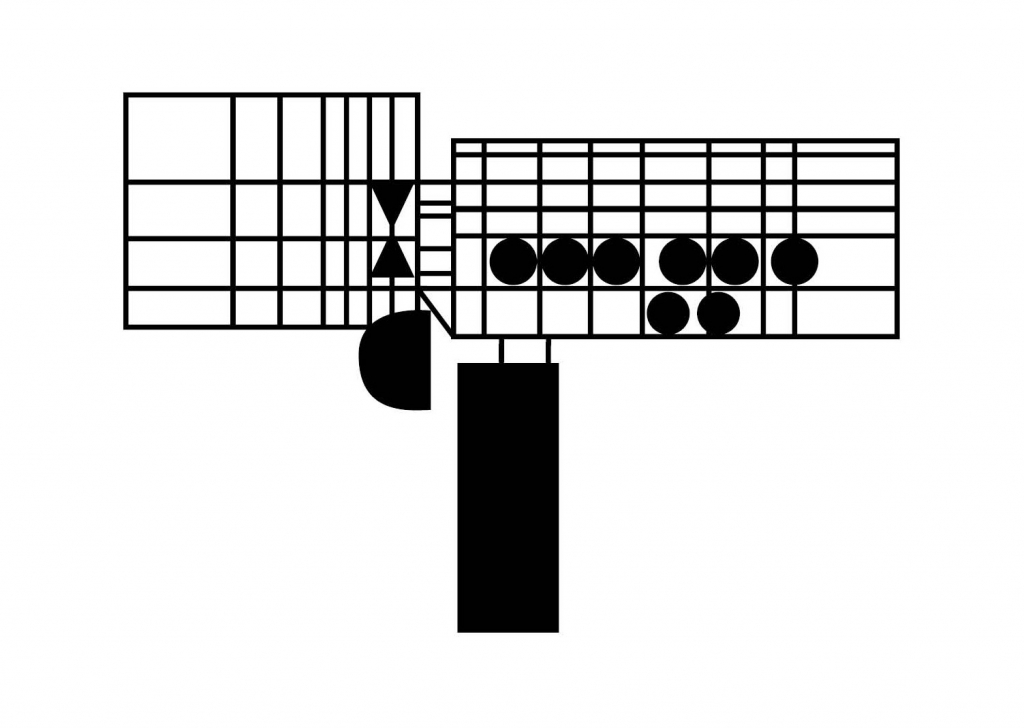
Herta Ondrušová-Victorinová (1912 – 1999)
A ceramist Herta Ondrušová-Victorinová is undoubtedly responsible for one of the most beautiful forms of beautification of public space in Košice. German origin, Czech and Polish studies, Prague modernism of the 1930s, anti-fascist enthusiasm, escape to Košice and second, mosaic marriage to Karol Ondruš. Both partners loved and shared the eagerness to cover Košice suburbia with large-scaled mosaics: small, playful, hand-made patterns from a wide range of colours and shapes.
One of their first mosaics was placed in the original Košice swimming pool, current Kunsthalle. Herta’s work, Zdravie / Health, 1964 once undeniably adorned the front entrance of Poliklinika Sever, but today only an attentive observer of the surrounding area will find it in the middle of a dark burgundy wall and graffiti inscriptions. Not only the work of Zdravie / Health but also the author, who has worked hard for two decades to decorate the public space for future generations, deserves your attention.
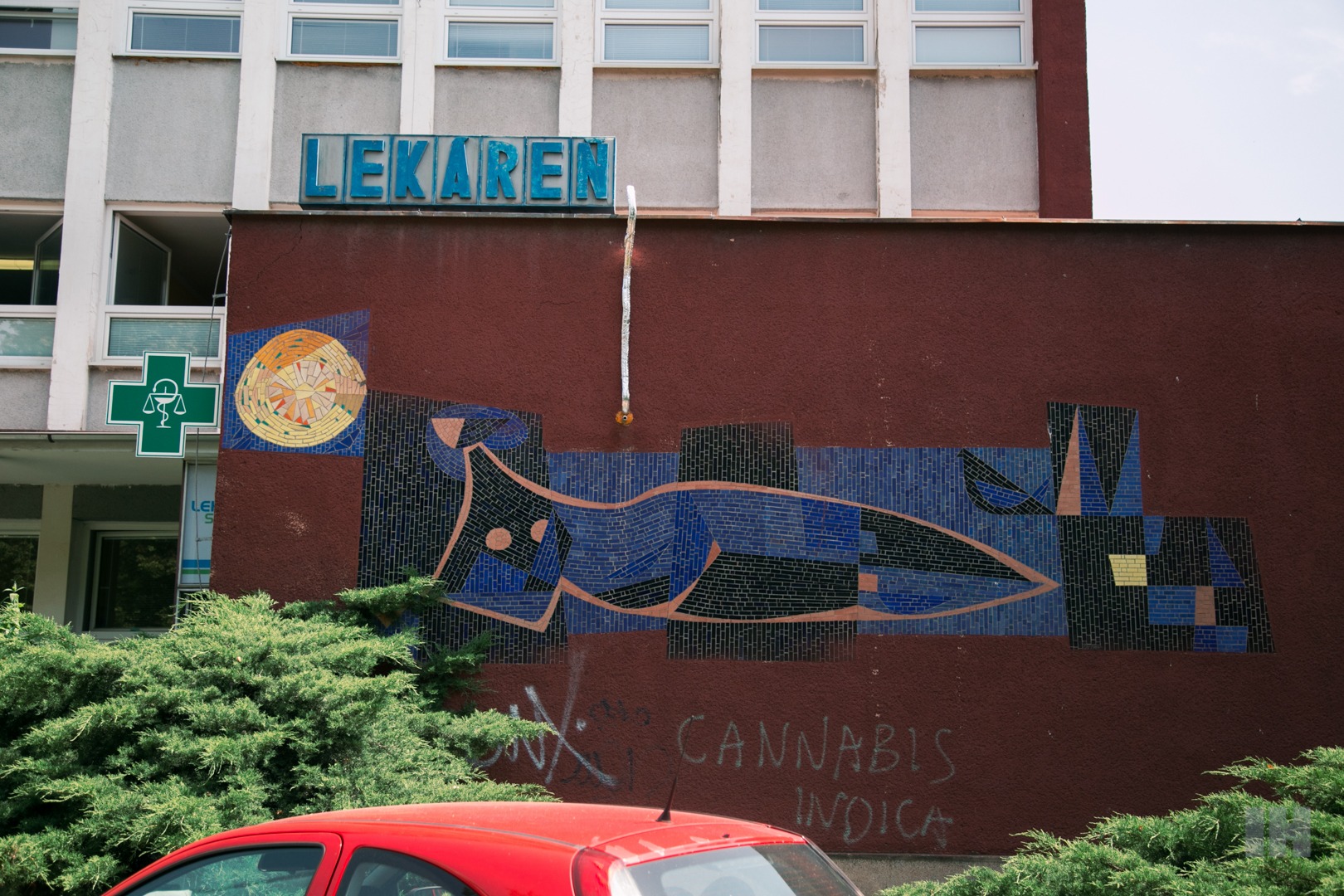
Unknown author
Despite the fact that Atlas sôch contains drawings and coordinates of approximately two hundred objects of art in the city of Košice, a vast number of them does not have an author or year of its creation. New information about unknown data can be used to improve the sustainability of the city’s sculptures and mosaics. If you have any info about these works, please write to hello@invisiblemag.sk.
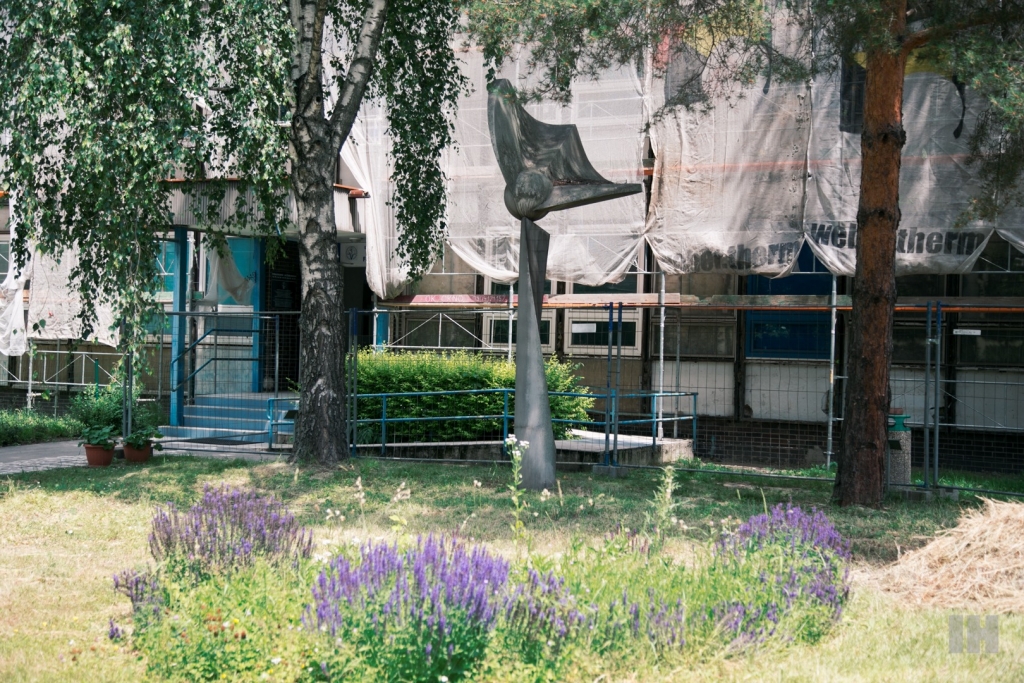
Composition 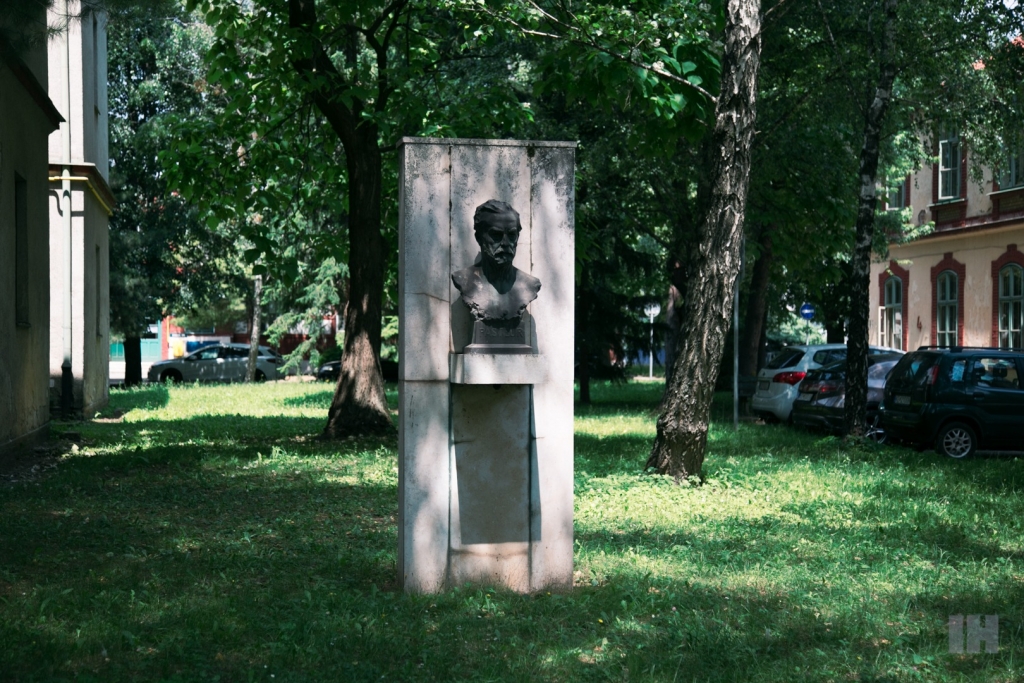
Louis Pasteur memorial
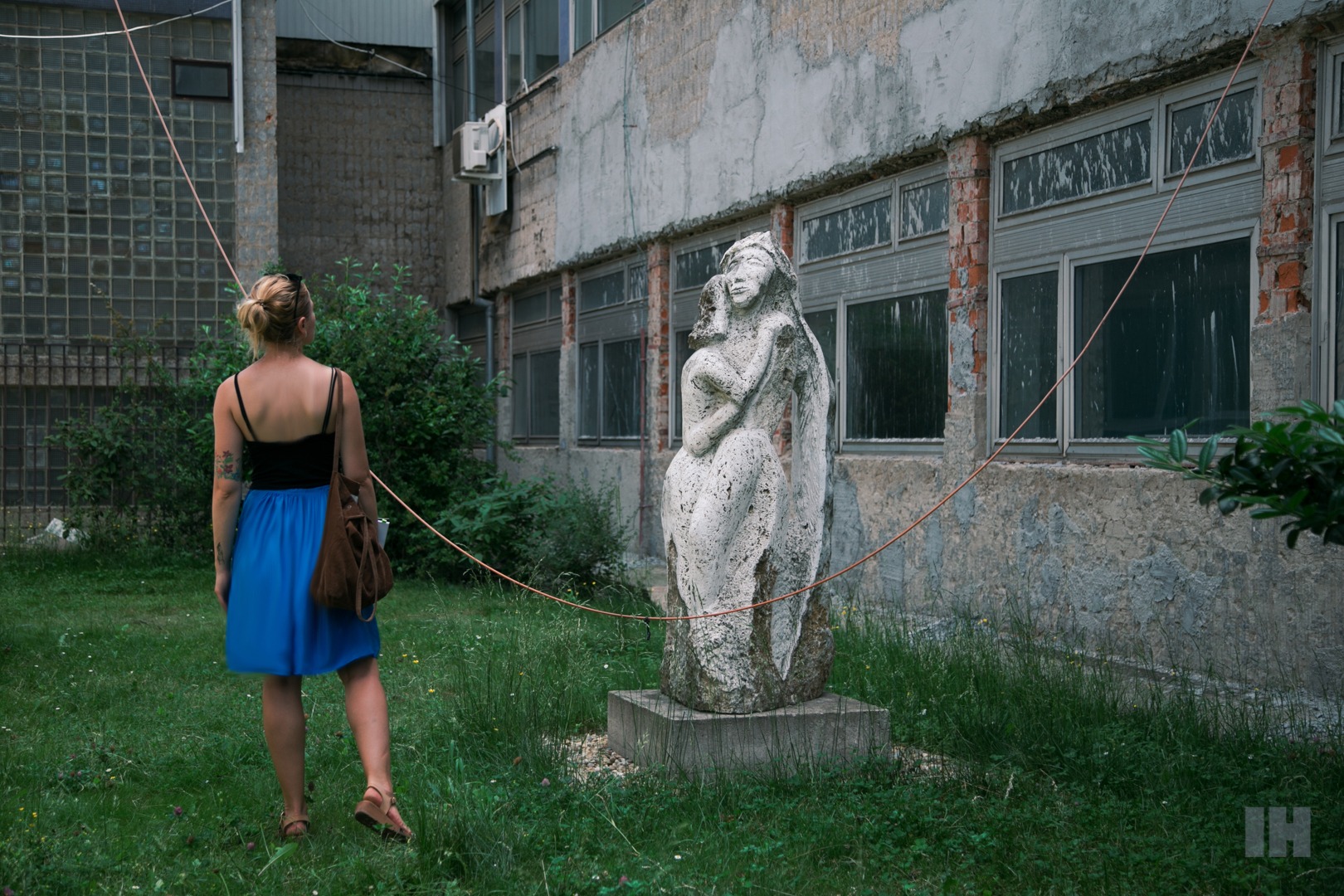
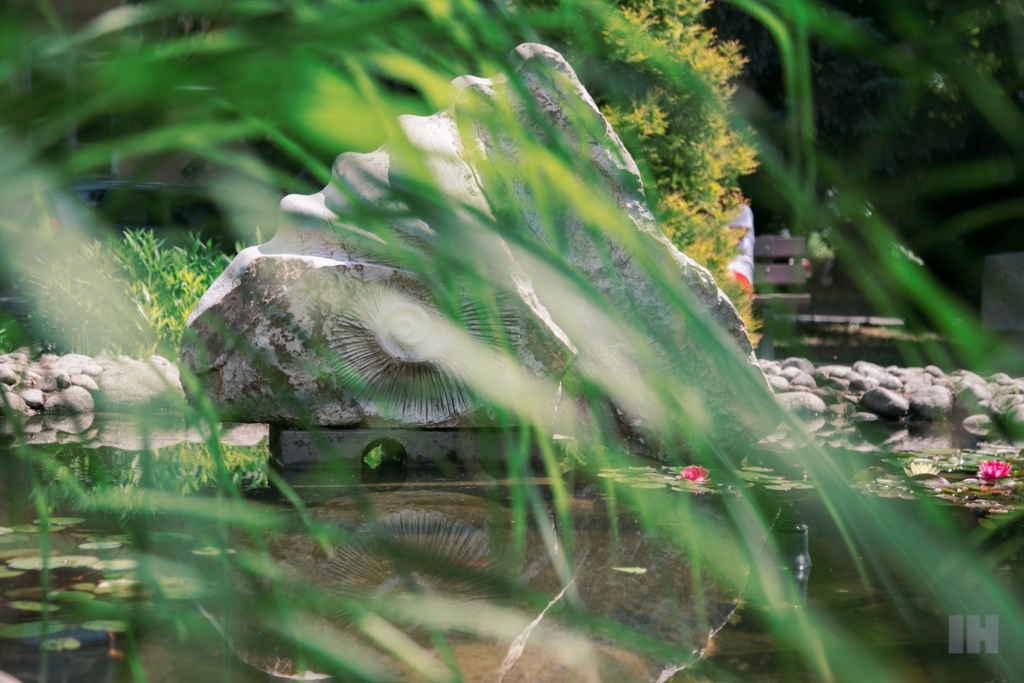
Fountain with fossils 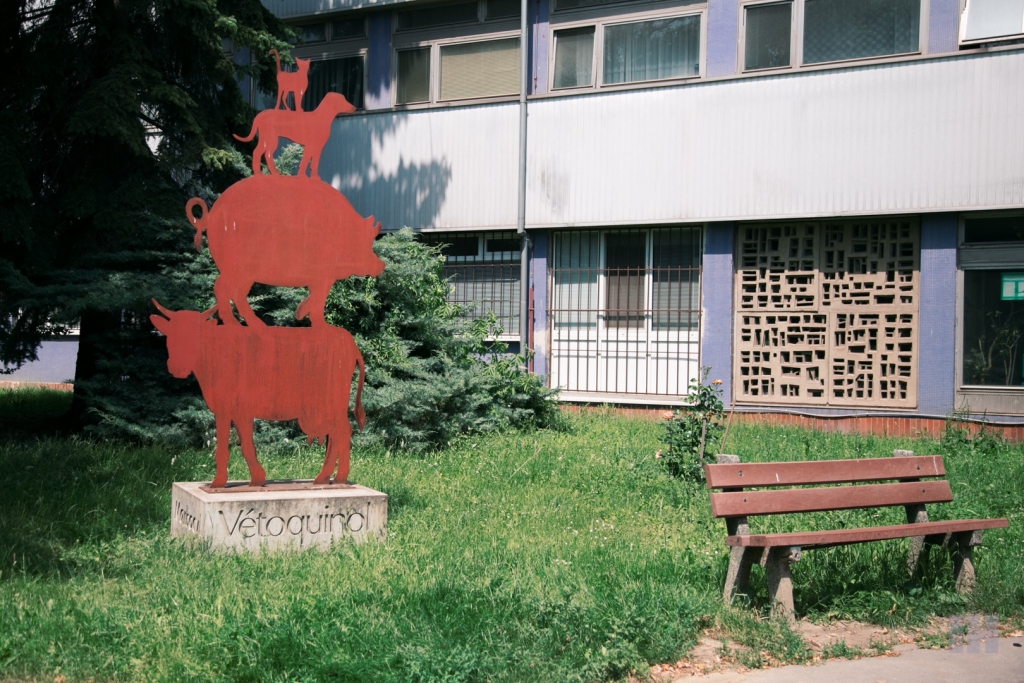
Animals
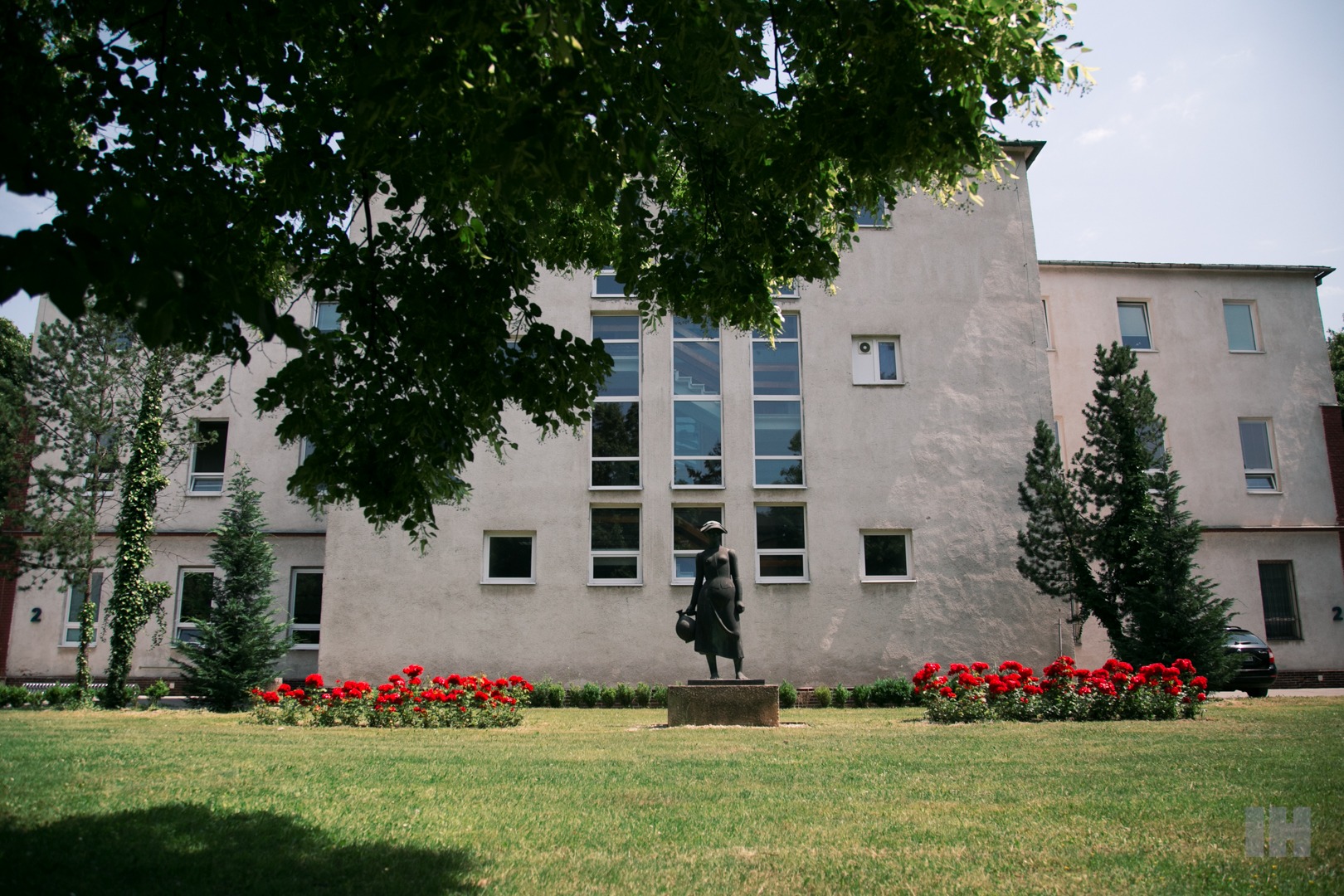
Atlas sôch – Povojnové umenie v uliciach mesta Košice (Atlas of Sculptures – Post-war Art in the streets of Košice) is a publication by Východné pobrežie & Creative Industry Košice from 2015. Its authors decided to map out the exterior sculptural and ceramic works in Košice neighbourhoods and in the city centre. You will find it on sale at ArtForum Košice and on the Východné pobrežie website.

